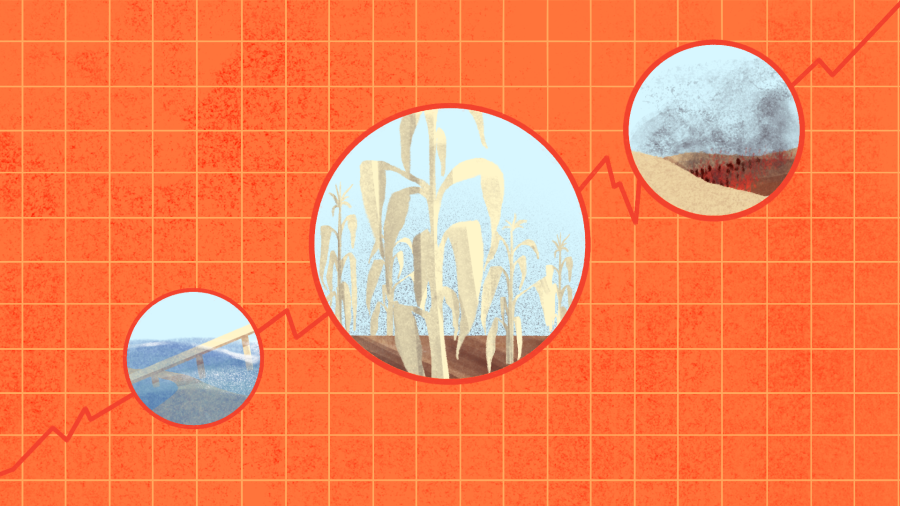Climate intelligence has to come before climate tech

I learned a great new phrase in the first installment of this new series, “How We Survive,” and that is “climate intelligence.” Most people working on climate adaptation or mitigation or modeling have lots of data, but that data comes from lots of different places, and it isn’t always in a format that anyone can actually use.
Many big private companies, like Microsoft, Google and IBM, are collecting climate data and crunching it in various forms, or applying artificial intelligence to figure out how to reduce energy usage or predict the weather or contribute to climate research. More and more startups are springing up to offer risk assessment for businesses and other tech around climate intelligence.
But when it comes to measuring information on the scale of the entire globe, there’s really only one agency to call: NASA.
On May 3, NASA launched its third Orbiting Carbon Observatory, or OCO-3. It’s about a $90 million worth of sensitive measurement instruments attached to the International Space Station in order to monitor carbon dioxide on Earth and see how it’s impacting weather and climate patterns.
Its tagline: “Watching the Earth breathe from space.”
And its big advantage over its predecessor, the OCO-2, is that it’s got this swiveling camera attached that can swoop around and look at the Earth independently of what the ISS itself is doing. The OCO-2 on the other hand, is a satellite, and its view is limited by what it’s pointed at whenever it passes over a certain area.

OCO-3, on the other hand, can just direct its camera at an area it really wants to see, like a large city or a water body or a specific geographic region, according to NASA.
And apparently, one of the things it can do is see how much light plants are emitting during photosynthesis. According to Annmarie Eldering, project scientist for OCO-3, that’s essential for understanding how much carbon dioxide plants are absorbing versus how much is remaining in the atmosphere and contributing to warming.
That changes year by year and region by region, and the carbon observatory can measure it.
“We saw that the carbon uptake was less in areas like South America,” Eldering said, where “they had a really big drought and the plants didn’t grow as much. They didn’t take as much carbon out of the system.” Data gathered in Africa during extreme heat showed plants decomposing faster than normal, adding more carbon to the atmosphere.
And OCO-3 is just one of NASA’s many missions focused on earth sciences, mostly related to climate, with an annual budget of $1.9 billion. The agency is studying the water cycle, sea level, natural hazards, the carbon cycle and air quality. So, you know, basically everything.
Jim Graf, deputy director for earth sciences and technology at NASA’s Jet Propulsion Lab, said the agency’s role is to provide “high quality, reliable data” for policymakers. And the key to the quality and reliability of that data is time — keeping instruments in space over a long period and keeping them working when they’re up there.
“A lot of what’s happening on this Earth is not a snapshot,” Graf said. “We cannot understand the trends unless we’re able to make the measurements over a long period of time.” These advanced instruments in space also wear out, and the value of each mission depends on a commitment to replacing them.
Graf said there’s been an explosion in the amount of data produced from NASA’s Earth missions, and it’s growing exponentially.
“How are we going to store it?” he said. “How are we going to process the data to make the higher-level products that decision-makers will want?” It’s a pressing challenge for the agency, turning an unprecedented trove of data into much-needed climate intelligence.
The future of this podcast starts with you.
Every day, the “Marketplace Tech” team demystifies the digital economy with stories that explore more than just Big Tech. We’re committed to covering topics that matter to you and the world around us, diving deep into how technology intersects with climate change, inequity, and disinformation.
As part of a nonprofit newsroom, we’re counting on listeners like you to keep this public service paywall-free and available to all.
Support “Marketplace Tech” in any amount today and become a partner in our mission.



















